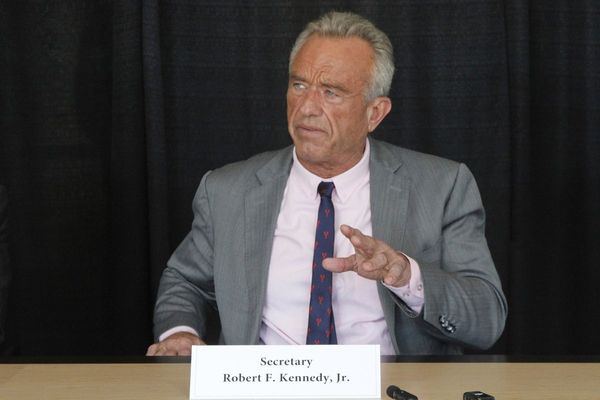
The now widespread use of the term Indo-Pacific – replacing Asia-Pacific – to describe the region to which New Zealand belongs may have unforeseen consequences
Analysis: When did the Asia-Pacific become the Indo-Pacific? For 30 years or more New Zealand has sought to enhance its trade, economic and people-to-people linkages with the world’s most dynamic region. Today over 70 percent of trade is with the economies of the Pacific Rim.
There is still a lot of room for improvement, particularly in terms of building greater competency on the part of New Zealanders to interact with the region. In 2021 New Zealand chaired the Asia Pacific Economic Co-operation (Apec) forum and laid out a plan to establish an Asia Pacific Community by 2040.
Business leaders in the APEC Business Advisory Council have long advocated for a Free Trade Area of the Asia Pacific. Yet, gradually the term Asia-Pacific is being replaced by Indo-Pacific – ministers continually reference it and New Zealand has now joined the US-led Indo-Pacific Economic Framework for Prosperity (IPEF).
Success, they say, has a thousand mothers, and there seem to be multiple sources for the Indo-Pacific nomenclature.
The Lowy Institute in Sydney was one of the early adopters. In 2011, Bob Kaplan’s book Monsoon argued that the Indian Ocean was about to become a new centre of economic and political gravity. Speaking in 2018 India’s Prime Minister, Narendra Modi, outlined a commitment to “a free, open and inclusive Indo-Pacific”.
Following that cue, a former New Zealand Foreign Minister in 2020 used the term extensively in an address to an Indian think-tank, doubtless comforted by the Association of Southeast Asian Nations’ adoption of an “Indo-Pacific outlook” the year before. Since then, the use of the term has expanded rapidly with the US and the EU adopting Indo-Pacific strategies and the UK an Indo-Pacific “tilt”.
But where is the Indo-Pacific? And how does it relate to the Asia-Pacific?
Locating the region on a map is tricky. It clearly includes India and the Indian subcontinent, but if it includes all economies bordering the Indian ocean (as well as those around the Pacific) it starts to become very large indeed. Bangladesh and Pakistan are presumably part of the Indo-Pacific, but what about Djibouti and Madagascar?
And what of the Latin American economies and Canada, some of which are Apec members but have not been included in the IPEF? This may not seem so odd in a world where (for good and acceptable reasons) the UK has applied to join the Comprehensive and Progressive Trans-Pacific Partnership (CPTPP), but when it comes to defining the things that might bind the region together as a foundation for further integration and community building, it becomes more difficult.
Despite the pivotal role China plays not just in the Asia-Pacific but globally, it has not been invited to join the IPEF, entirely for geo-political reasons. China, however, is a member of Apec and has applied to join the Pacific trade partnership. China’s economy has been and, despite current troubles, is likely to continue to be the economic motor of Asia. It seems hard to believe that the IPEF, however useful a means for US economic engagement with the region, can become the over-arching blueprint for regional integration. In 2023 the US is chairing Apec – confusion is bound to arise.
Perhaps a strategic mistake was made earlier in not ensuring that India was invited to join Apec. That idea has long been on the table with the Apec economies seemingly unable to agree on the possibility of new members. The consequence of this is that India has been left outside decades of economic cooperation in the Asia-Pacific and the habit of meeting regularly to discuss the region’s needs.
It is notable India decided eventually not to join the world’s largest trade agreement, the Regional Comprehensive Economic Partnership, and has not joined the trade pillar of the IPEF. Compare that with the way in which Apec nurtured the careful development of the Pacific trade partnership and its predecessor agreement. For its part, New Zealand has every interest in building the important relationship with India – this need not come at the expense of other partners.
Do names matter as long as New Zealand is included? In this troubled and increasingly divided world, efforts to bring economies together should be welcomed. Leaving some out can have unforeseen consequences.
We know only too well what happens when countries are drawn into opposing camps. The Indo-Pacific seems to be defined as much as by who is out, as who is in. New Zealand has limited resources and the work of securing our position, particularly in Asia, is not yet completed.
It is troubling that this geographical confusion now lies at the heart of our foreign and trade policy.
However much political strategists may like to alter the map, New Zealand’s economic future lies in the dynamic region that surrounds it.







